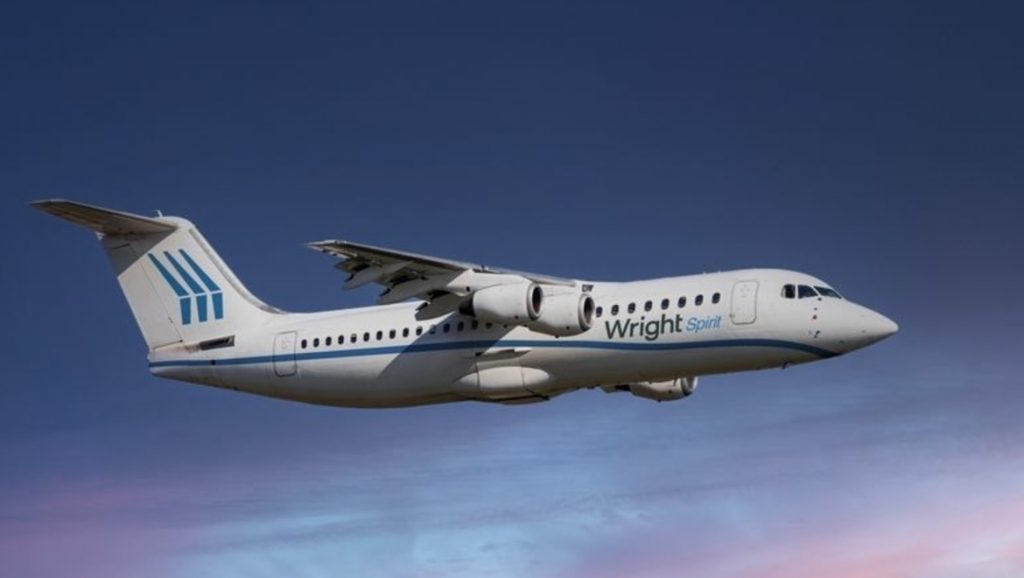
Los Angeles-based Wright Electric is slated to enter its electric aircraft into service for short-haul trips by 2026.
The start-up began operations in 2016 and is developing a 100-seater, zero-emissions jet converted from the British Aerospace 146 regional aircraft which stopped production in 2001.
In an interview with Bloomberg, the company’s chief executive Jeffrey Engler said, “Customers are demanding cleaner options and we want to show there is an alternative.”
Wright’s mission is to make all single-aisle flights – operating less than 800 miles in total – zero emissions by 2040.
Its first aircraft, Spirit, is designed for one-hour flights set to service numerous European, US, Asia and Middle Eastern routes.
Testing of the aircraft will continue until 2023, from integrating propulsion systems and beginning operations of replacing the four jet engines in its predecessor BAe 146 aircraft.
By 2026, the Wright Spirit will serve one-hour flights from busy city hubs such as Seoul-Jeju, London-Paris, Rio de Janeiro-São Paulo, and San Francisco-Los Angeles.
The company’s next planned aircraft – Wright 1 – developed for “everyday use” will be launched by 2030, with prices comparable to fossil-fuelled alternatives, the business says.
This is a major step in the market as alternate fuels have consistently been stamped with high price-tags due to lower demand and slow production.
But as consumers become more sustainably conscious, regulators and the US government have insisted the ramp up of production to reduce costs, pledging to reduce aviation emissions by 20 per cent by next decade.
The BAe 146 is considered the ideal aircraft for Wright as it is small but allows for incremental increases on engine swaps over time.
From 2023, Wright will begin with a single electric motor, then two in 2024 and eventually four a year later.
The chief executive told Bloomberg the company did rely on battery technology to advance as the retrofit required bigger motors than the two-megawatt system it was testing.
Hydrogen fuel cells – which is also growing in popularity – or aluminum fuel cells could deliver the megawatt capacity Wright requires, according to a company paper.
“A retrofit airplane is always going to suffer from disadvantages but at the same time it’s a certified aircraft,” Engler said.
Wright is collaborating with numerous industry bodies such as NASA, the US Department of Energy and US Department of Defense, but is continuing its work with British carrier EasyJet, after penning a partnership in 2017.
The low-cost carrier said the production of the electric aircraft could cover 20 per cent of its passenger journeys, which could aid Wright in obtaining popular London routes.
In July, United Airlines signed an agreement with Swedish start-up Heart Aerospace to purchase 100 of its ES-19 aircraft for short-haul flights.
The 19-seat aircraft has the potential to fly passengers up to 250 miles and is expected to launch by 2026, heating up competition with Wright, which also plans on launching its jet that year.










